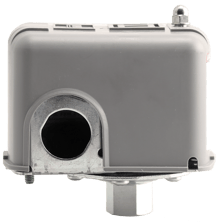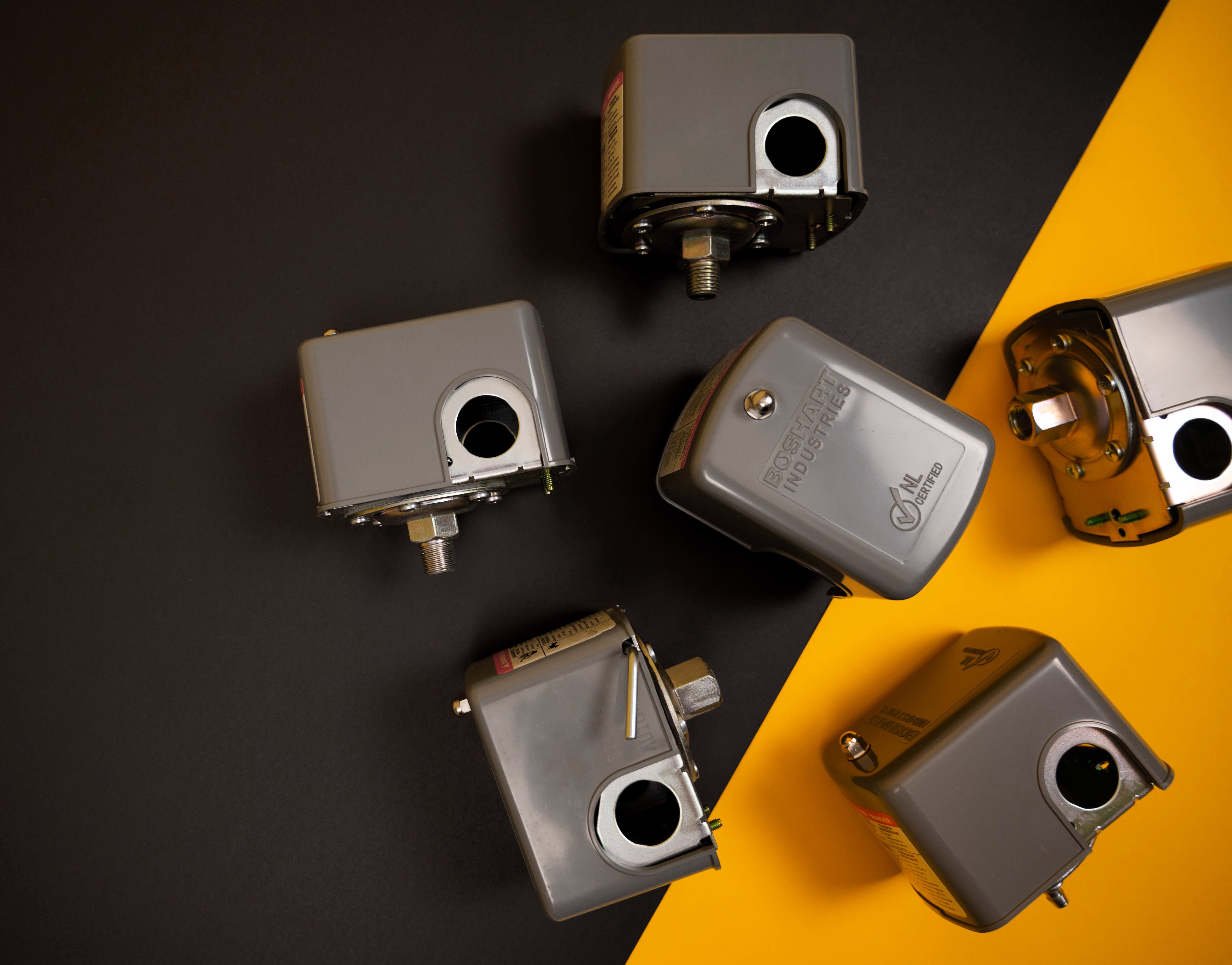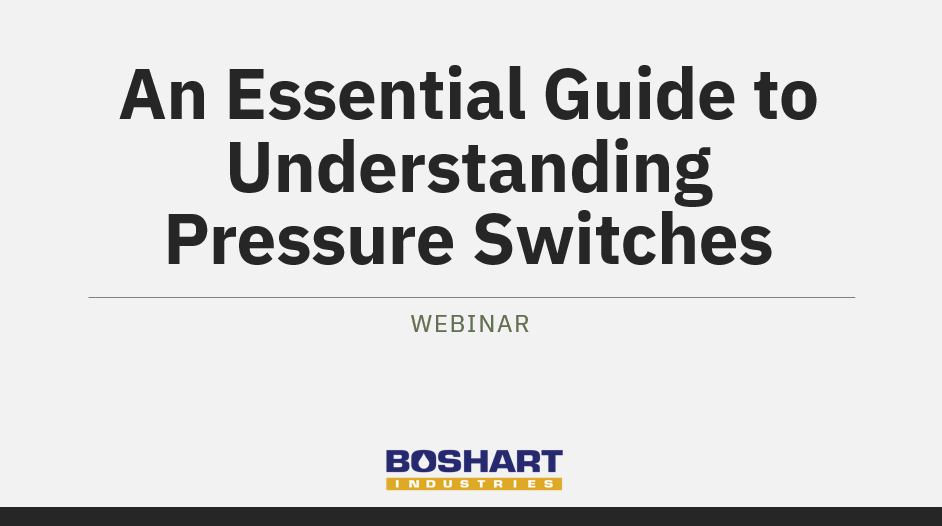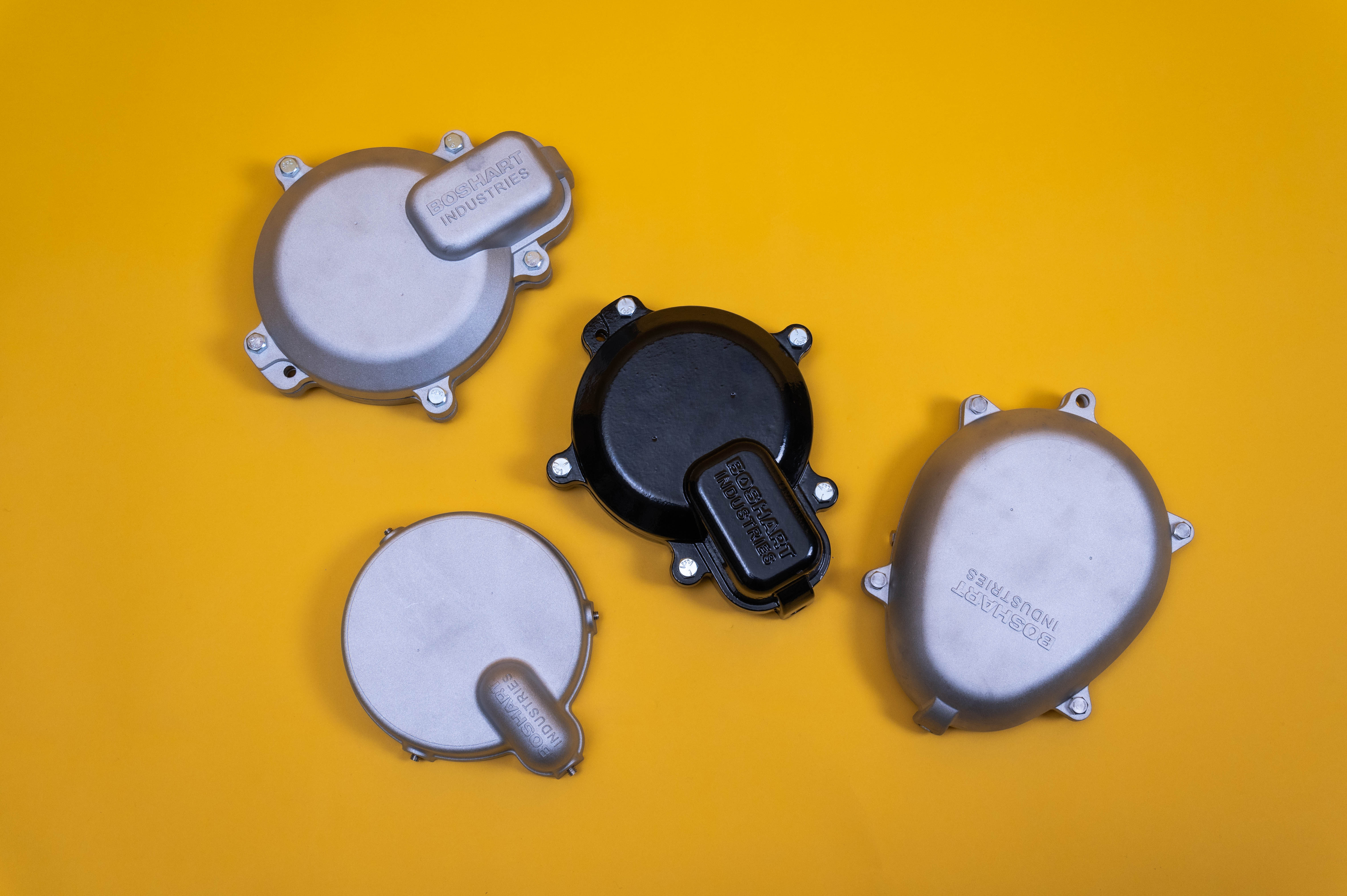Pressure switches are designed to automatically sense when the pressure has changed. They are used widely in the Water Well Industry as they are mainly used in systems that have pressurized liquids.
Most pressure switches have the capability of making field adjustments, but some do not. In this blog, we will cover how to properly adjust a standard pressure switch to ensure the safety of you and your switch. Let's dive in.
Looking for information about the different components in a Submersible Pump installation? Check out, A Complete Guide of All Submersible Pump Components Ebook.
Cut-In and Cut-Out
 All Pressure switches have two operating points known as the cut-in (Reset Point) and cut-out (Trip Point) settings. The cut-in point is for the falling pressure and the cut-out point is for the rising pressure. Every switch also includes a differential or a range based on the cut-in and cut-out points. Both the cut-in and cut-out on most switches can be adjusted if certain applications require that. For example: if the cut-in is 40 PSI and the cut-out is 60 PSI the differential is 20 PSI.
All Pressure switches have two operating points known as the cut-in (Reset Point) and cut-out (Trip Point) settings. The cut-in point is for the falling pressure and the cut-out point is for the rising pressure. Every switch also includes a differential or a range based on the cut-in and cut-out points. Both the cut-in and cut-out on most switches can be adjusted if certain applications require that. For example: if the cut-in is 40 PSI and the cut-out is 60 PSI the differential is 20 PSI.
Adjustment Tips for a Standard Switch
1. To protect you and your switch, the first thing to do is disconnect the power to the switch from the power supply before you attempt to make any adjustments.
2. After the power is disconnected, measure and write down the distance from the .png?width=425&name=My%20Post(23).png) exposed thread from the top of the nut to the top of the stud that you are adjusting. Write it in fractions of an inch or mm, this is in case you need to start over so then you know where you started.
exposed thread from the top of the nut to the top of the stud that you are adjusting. Write it in fractions of an inch or mm, this is in case you need to start over so then you know where you started.
3. The first adjustment you should make is to the cut-in and cut-out settings. Once you have made the desired adjustments to those, you can adjust the differential as a secondary adjustment. As you can see in the picture, the larger nut adjusts the cut-in, the smaller nut adjusts the range.
4. There should be only 3 turn per nut maximum, either up or down each time.
To learn more about Pressure Switches and the different types available, check out our Webinar, An Essential Guide to Understanding Pressure Switches.
Adjusting the Cut-In
In order to increase or decrease the cut-in or the cut-out setting you will need to use a 3/8" nut driver or socket to adjust the switch, while still maintaining the same differential. To do this, follow the below.
1. Rotate the range nut in a clockwise direction for higher cut-in pressure and counter clockwise for lower cut-in pressure. Note: changing these settings DOES NOT change the differential.
2. As you start to change the cut-in value, the cut-out value will change by the same amount and in the same direction. For an example, if you increase the cut-in pressure by 10 PSI it will also increase the cut-out pressure by 10 PSI, saving you from having to adjust the cut-out value as well.
Monitoring is Important
You should then monitor the system closely to ensure the pressure setting is what you desired. Note that the adjustment you make to the pressure switch can only be read after the pump has reached its first adjusted shut off. The next cut-in and cut-off pressure is your new setting.
1. By opening the boiler drain or sediment faucet you can drain the water from the pressure system until the pressure drops below what the current cut-in point is and then the pump turns on.
2. You can then turn the faucet off.
3. The system's pressure should then be monitored as the pump builds pressure and fills the tank. Keep a close eye on the pressure gauge so that you can identify the exact point that the pump turns off.
4. Lastly, you can repeat adjustments if necessary and continue monitoring for a couple more cycles. Repeat adjustments and monitor until you reach the setting you require.
One thing to keep in mind, when lowering the pressure setting, most bladder tank water systems are designed for the pressure to be 2 PSI below the cut-in point when there is no water in the tank. Another thing to keep in mind is the differential cannot be adjusted beyond the minimum and maximum differential that is published for the switch.
Is the Switch Tripping?
If you are finding that the switch is tripping the cut-in pressure is most likely too close to the tank pre-charge. A difference of a minimum of 2-5 PSI is required to ensure the switch won't trip. For example, if the switch cut-in is 40 PSI then the tank pre-charge should be 35-38 PSI maximum.
Another factor that you should consider is the switches are not individually tested which means if you get a switch that is 30-50 PSI it could possibly be 28-48 PSI. Pressure switches could also stick sometimes, so it could possibly come on 1 or 3 PSI different from one cycle to the next. Ambient pressure can also raise the pre-charge in the tank. These are just some things to be aware of.
Keep these tips and steps in mind the next time you need to make an adjustment on a pressure switch. But keep in mind, adjustment steps may be slightly different from one switch to another depending on whether you have a standard switch or for example a low pressure switch. It is always good to look into what switch you have and research if there are specific steps you should be doing for that switch.
Have further questions about this subject?
Head over to Boshart's Knowledge Base: technical product information, guidelines, and more.







SHARE